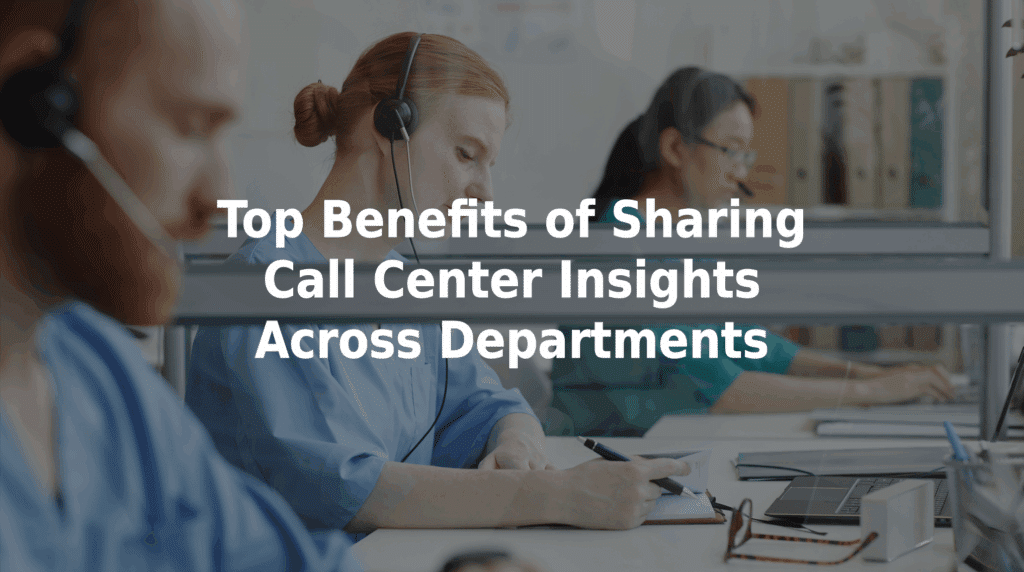Top Benefits of Sharing Call Center Insights Across Departments
Call centers are more than just a support function — they’re a powerful source of operational intelligence. In health care, every patient call generates data that can inform clinical decisions, administrative workflows, and strategic planning. Yet many organizations fail to capitalize on this resource. Here’s a closer look at the top benefits of sharing call center insights across departments, and how doing so can create a ripple effect of improvement across your healthcare system.
The Untapped Value of Call Center Data
Healthcare call centers handle thousands of interactions per week — documenting symptoms, scheduling requests, medication concerns, and after-hours inquiries. This information contains valuable patterns related to:
- Care access barriers.
- Patient expectations and points of confusion.
- Staffing and response-time bottlenecks.
- Common triage scenarios or symptom clusters.
- Peak call periods and resource strain.
By centralizing and sharing this data, departments can align strategies and better respond to patient needs in real time.
1. Enhancing Clinical Triage and Escalation Protocols
Sharing message patterns with nurse triage teams helps them:
- Identify high-frequency symptom types.
- Adjust protocols for recurring issues.
- Anticipate spikes in certain conditions (e.g., flu season or medication recalls).
This process improves accuracy and shortens response times, which is essential for patient safety.
2. Improving Provider Scheduling and Workflows
When schedulers understand what types of calls are driving appointment demand, they can:
- Reserve time blocks for common concerns.
- Assign urgent slots based on trends.
- Reduce overbooking by redistributing routine visits.
These adjustments reduce staff burnout and enhance access for patients with more complex needs.
3. Strengthening Administrative and Resource Planning
Operations teams can use call center insights to:
- Justify staffing models with real data.
- Forecast high-volume periods (e.g., Mondays, flu season, post-holiday surges).
- Streamline training content based on real operator challenges.
The result is leaner, more responsive support teams.
4. Increasing Patient Satisfaction Through Proactive Communication
Marketing and patient engagement teams benefit, too. By analyzing top patient questions or concerns captured in calls, they can:
- Create FAQ content to reduce future call volume.
- Launch education campaigns around misunderstood services.
- Clarify after-hours or telehealth instructions.
This builds trust and keeps patients informed.
5. Aligning Quality Assurance Across Teams
Quality and compliance teams can use shared insights to:
- Monitor communication standards across departments.
- Identify breakdowns in handoffs or escalation points.
- Flag inconsistent documentation before it affects care.
Ultimately, these insights help safeguard compliance and streamline audits.
How MedMessage Automate Enables Cross-Department Insight
TriageLogic’s MedMessage Automate is a powerful tool that helps patients self-report their symptoms completely and accurately through a secure chat. It also stores and integrates that data with in-house systems to make them structured and easily searchable. Supervisors and department leads can use the platform’s reporting to generate insights into call types, red-flagged symptoms, documentation patterns, and escalation trends.
Turn Your Call Center Into a Strategic Asset
When key medical insights are shared, everyone wins — from clinicians and schedulers to administrators and care coordinators. Contact us to learn how our intake solutions, nurse triage services, and other medical technology can benefit your team!

